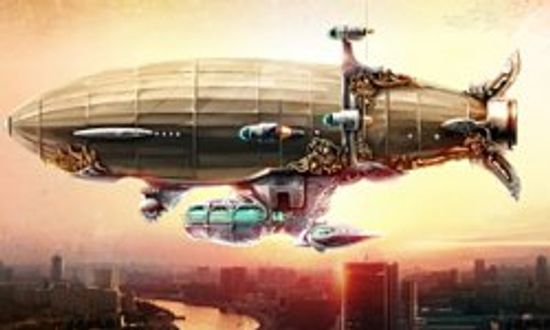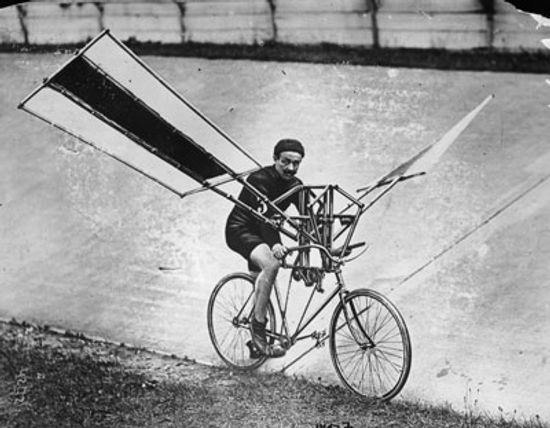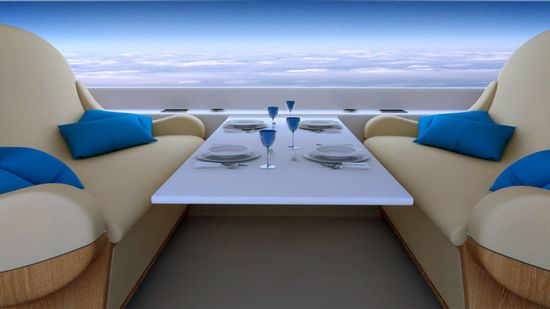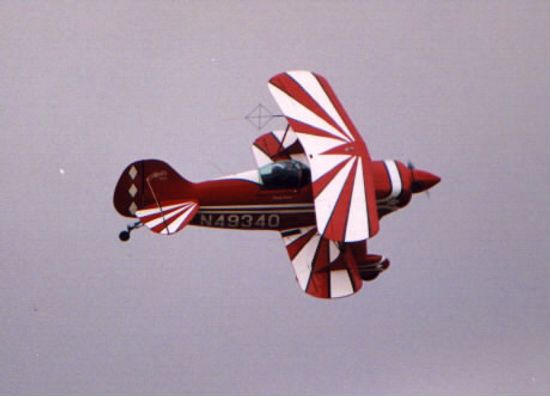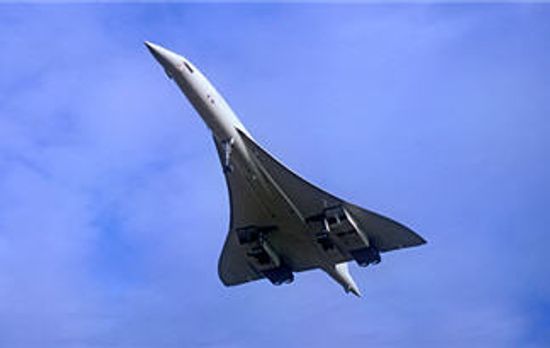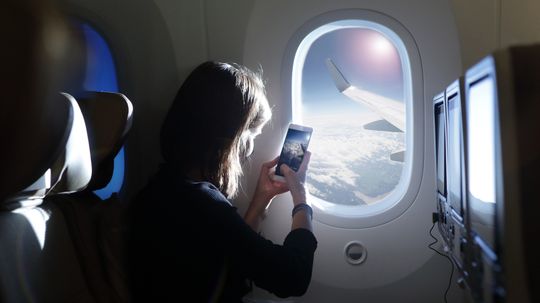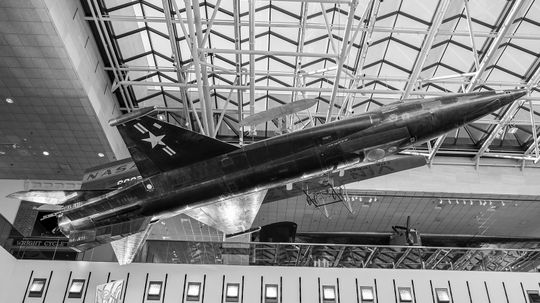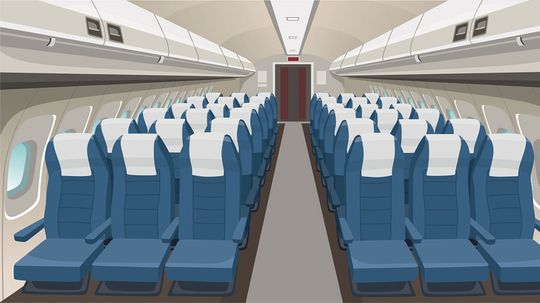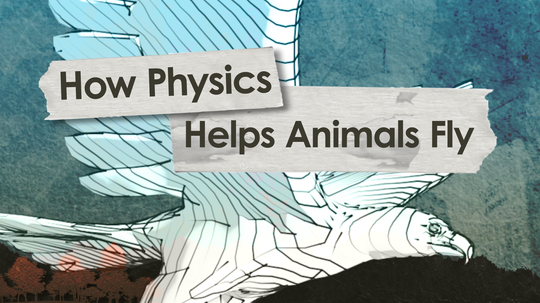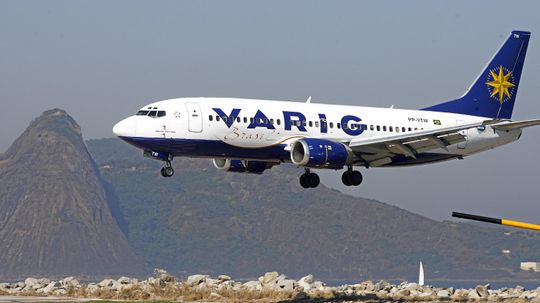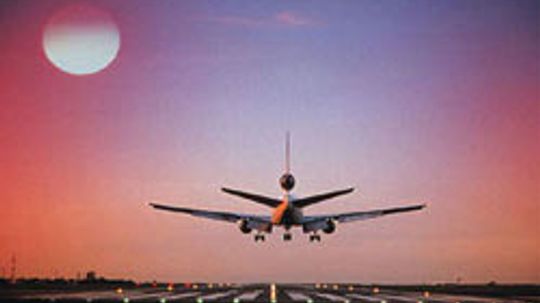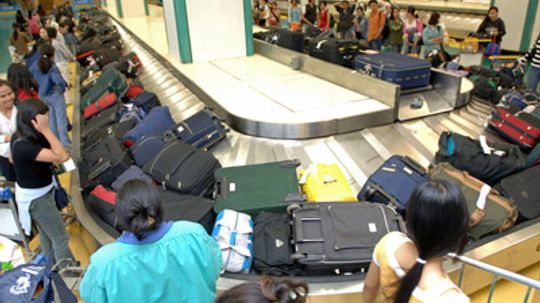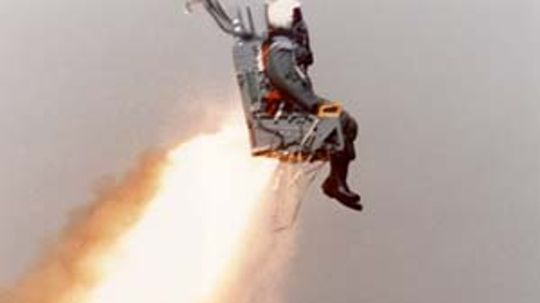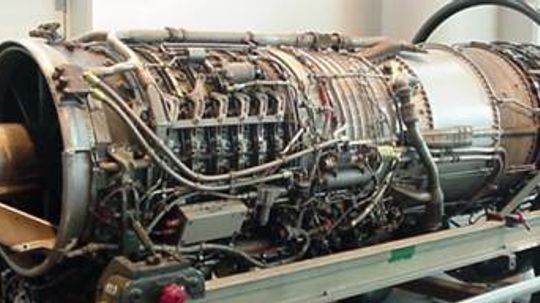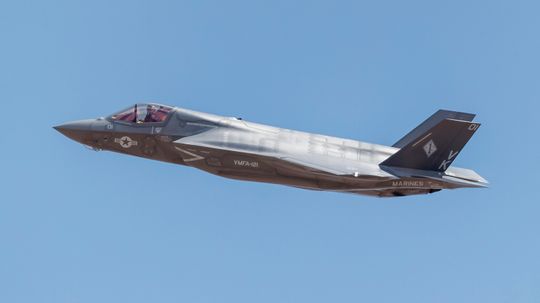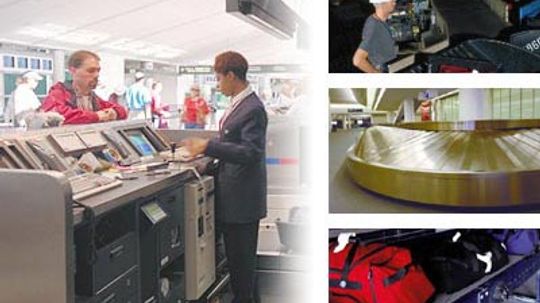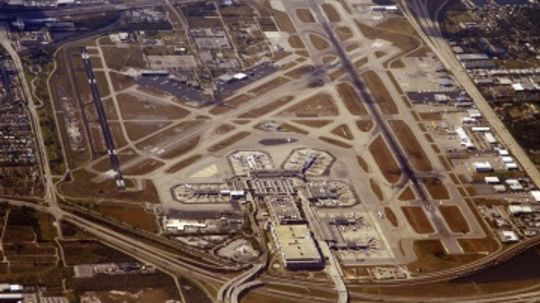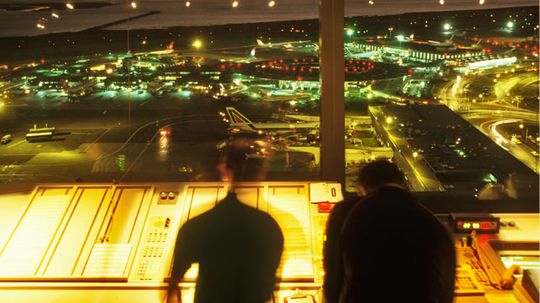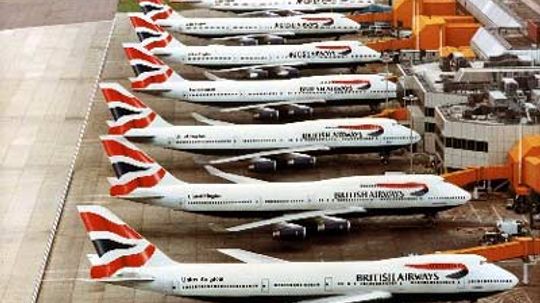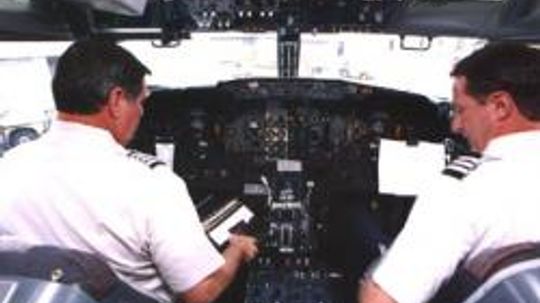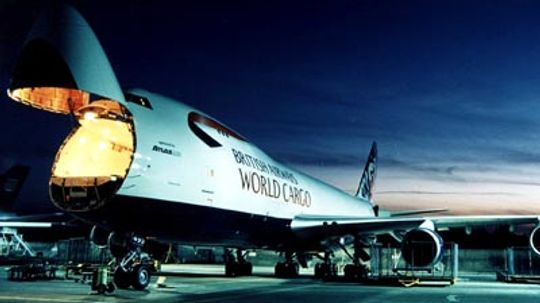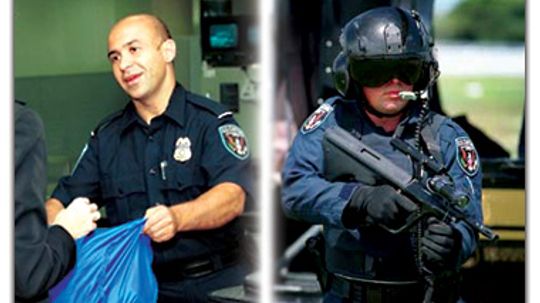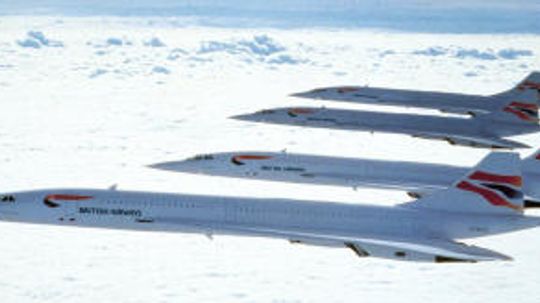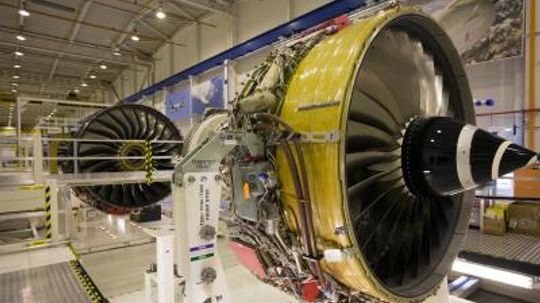Modern
Ever wondered how an ejection seat works, or how to ride a hot air balloon? This section explores modern jet mechanics and aircraft operations and components.
Learn More
If you've traveled between the Americas to Europe or Asia, you're probably familiar with some of the longest nonstop flights available. These commercial flight routes across the Pacific and Atlantic Oceans can easily take over 10 hours to complete, but what is the longest flight in the world?
By Talon Homer
When it comes to the question of the fastest fighter jet, you can choose to compare only those fighter jets that are still in service, or you can consider every last jet fighter that's ever graced the skies - and we've chosen to go with the latter.
By Marie Look
Air travel is far more than getting from point A to point B safely. How much do you know about the million little details that go into flying on airplanes?
By Alia Hoyt
Advertisement
HowStuffWorks explains how physics helps animals get airborne.
Since 1948, more than 100 aircraft have gone missing while aloft and never been found. How is this possible? We'll look at some of these unsolved mysteries, as well as other bizarre airline mishaps.
Flight has been a human dream for centuries. It wasn't until the dawn of the 20th century that man was finally able to leave the ground. This gallery highlights some of the milestones in aviation.
By Rick Mayda
Your luggage gets "mishandled" by an airline and favorite pieces of your wardrobe, souvenirs and toiletries disappear into a black abyss. Or do they? Actually, your wardrobe is hanging out in Scottsboro, Ala., and it has some interesting company.
By Sarah Dowdey
Advertisement
When a military aircraft is in trouble, the pilot may have to eject to save his life. Find out how this crucial escape system separates pilot from plane.
By Kevin Bonsor
Afterburners allow a jet plane to take off from a short runway, such as the deck of an aircraft carrier. What, exactly, is an afterburner and how do they work? Learn the answer to this question in this article from HowStuffWorks.
Higher, farther, faster: NASA's X-43A plane is destined to set new speed records. What sets the X-43A apart from other rocket-powered aircraft is that it is powered by a scramjet engine. Learn all about it.
By Kevin Bonsor & Sascha Bos
Inside an airport, luggage moves through an amazing and intricate system. The baggage handling system plays a crucial role in keeping travelers happy. Learn about these high-speed carts and conveyers.
By Karim Nice
Advertisement
Did you know that airports were once known as "flying fields" because planes took off and landed in large fields? Journey through the hidden world of airports in this article, but without the stress, nail-biting and packages of peanuts.
According to the Department of Homeland Security 730 million people travel on passenger jets every year. Are these folks safe? Find out how high-tech solutions are being used to make flying as safe as possible.
By Jeff Tyson & Ed Grabianowski
There are about 5,000 planes in U.S. airspace every hour. How do these aircraft keep from colliding with each other? Learn about the intricate system that guides a plane from takeoff to landing.
How did the guy in the next seat pay less for a ticket than you did? Explore how airlines work, how ticket prices are set and more.
By Kevin Bonsor
Advertisement
In an office that cruises a mile or more above the ground, being an airline crew member can be tiring, but rarely boring. Find out how pilots and flight attendants get you from gate to gate.
By Tom Harris
Like trade ships of old, air-freight planes move anything that can be bought or sold. See how goods are shipped worldwide.
By Karim Nice
To most people a trip through customs is just another stop in an airport or a country's borders. But customs agencies do much more for their countries' governments. In fact U.S. Customs raises more revenue than any agency except the IRS. Find out why and how they do it.
By Tom Harris
The only passenger plane that flies faster than the speed of sound, and can get from New York to London in less than four hours, is calling it quits. Learn how this amazing plane works.
Advertisement
Ever wonder what's happening inside that huge jet engine as you're cruising along at 30,000 feet? Jets, helicopters and even some power plants use a class of engine called gas turbines, which produce their own pressurized gas to spin a turbine and create power.
How does a speedometer in an airplane work?
Black boxes help investigators determine what happened in an airplane accident. What's inside a black box and how does it record flight data?
By Kevin Bonsor & Nathan Chandler
Believe it or not, the marvel we know as the helicopter began as a Chinese top consisting of a shaft - a stick - adorned with feathers on one end.
By Tom Harris & Talon Homer
Advertisement
Although the amount of fuel may seem high, when you do the math, it's actually not so bad.
By Talon Homer
Contrails are those long white clouds that form in the wake of an airplane flying at altitude. What causes these contrails and what are they made of? Learn the answer to this question in this article from HowStuffWorks.
